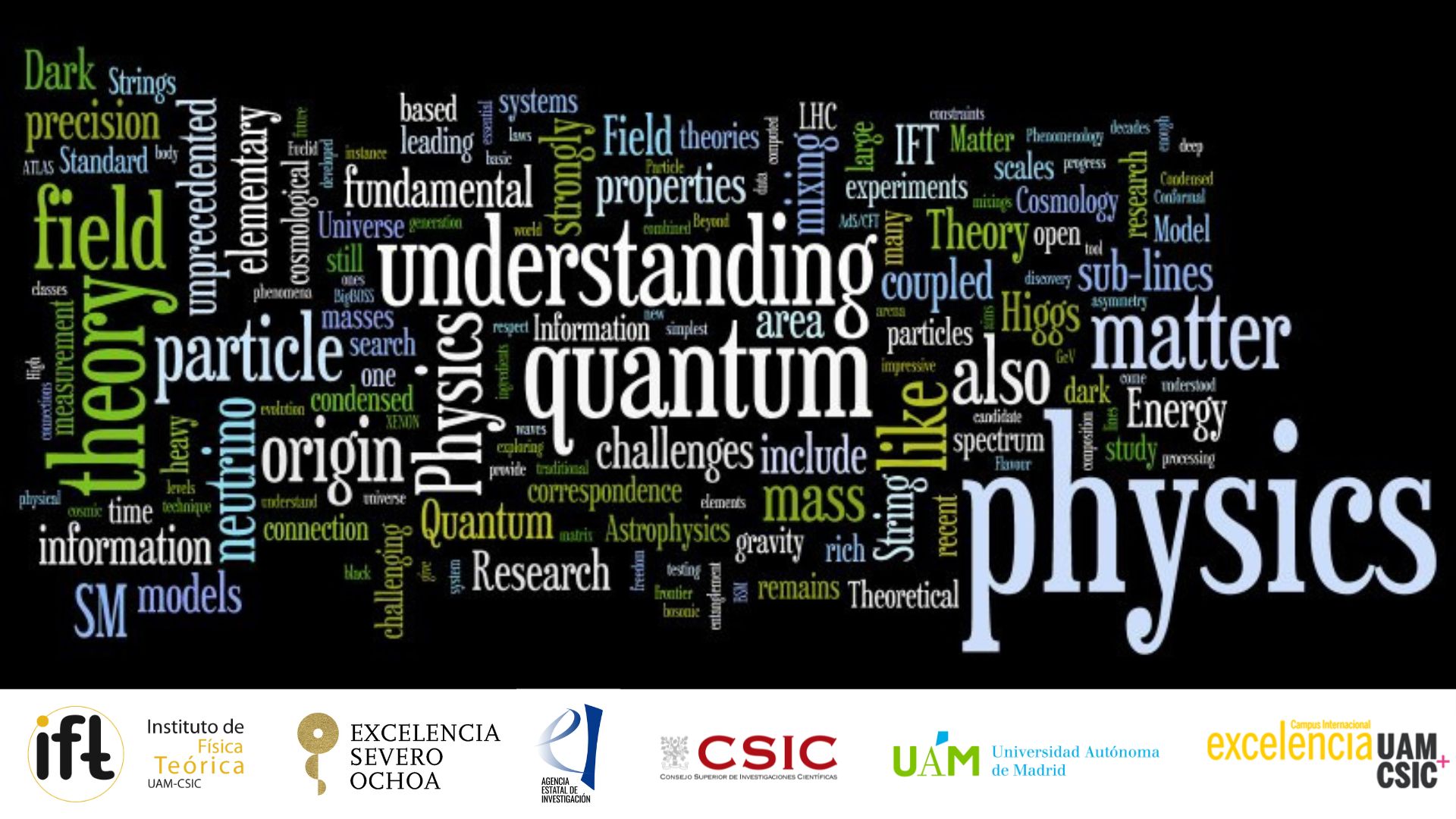Centro de Excelencia Severo Ochoa
Menu
Search

IFT Seminar Room/Red Room
A self-oscillator generates and maintains a periodic motion at the expense of an energy source with no corresponding periodicity. Small perturbations about equilibrium are anti-damped. Non-linearity accounts for steady-state oscillations and for the ability of coupled self-oscillators to exhibit both spontaneous synchronisation (“entrainment”) and chaos. The theory of self-oscillators has achieved its greatest sophistication in control theory and in the study of ordinary differential equations. I shall explain in this talk how an understanding better suited to the needs of physicists can be founded on considerations of energy, efficiency, and thermodynamic irreversibility.
After reviewing the key differences between forced a parametric resonances on the one hand and self-oscillators on the other, I will comment on how a physical approach to the theory of self-oscillators throws new light on hydrodynamic instabilities. I will close by describing hydrodynamic and mechanical analogs of the Zel’dovich superradiance of rotating black holes, a subject of considerable interest in high-energy physics today.
Social media